FLOAT GLASS
We have been continuing our activities for many years by prioritizing customer satisfaction.
FLOAT GLASS
Glass is one of the oldest constructional components, has been going through the golden ages for more than 20 years due to it is an indispensable element of modern architecture.
has 1100 ° C heated into molten tin pool. The glass is floated on the tin so that both sides of the glass are error-free and parallel to each other. At the same time, the thickness of the glass and strip width of the glass is formed. By reducing of the temperature of the glass strip which emerges from the tin pool controlledly. the glass stresses are removed in the cooling section. The glass is cut into desired sizes in the shearing line and collected in packages and made ready for shipment.
Reflective Glass is formed by applying a metalic coating to the surface of ordinary float glass in order to cuts off the solar heat. Meanwhile, This special metalic coating provides a one way mirror effect, preventing visibility from outside and preserving privacy. It Is generally used on facades.
FLOAT GLASS
Glass is one of the oldest constructional components, has been going through the golden ages for more than 20 years due to it is an indispensable element of modern architecture.
Has 1100 ° C heated into molten tin pool. The glass is floated on the tin so that both sides of the glass are error-free and parallel to each other. At the same time, the thickness of the glass and strip width of the glass is formed. By reducing of the temperature of the glass strip which emerges from the tin pool controlledly. the glass stresses are removed in the cooling section. The glass is cut into desired sizes in the shearing line and collected in packages and made ready for shipment.
Reflective Glass is formed by applying a metalic coating to the surface of ordinary float glass in order to cuts off the solar heat. Meanwhile, This special metalic coating provides a one way mirror effect, preventing visibility from outside and preserving privacy. It Is generally used on facades.
Heat Insulation Glass reduces heat escape by half compared to a single glass. It is an insulating glass unit formed by bringing two or more glass plates together in factory conditions to accommodate dry air or gases which are suitable for ambient pressure.
Isıcam is combined with aluminum spacer lath and air dryer materials with primary sealing “polyisobutylene”, secondary sealing “polysulfide” or “special silicone”
Storing
The packaging must be removed right after the delivery to the warehouse.
Both sides should be wiped with dry cloth.
It should be set on wedges with longer sides at an angle of 5o from the horizontal.
The panes should be interleaved with special wedges to provide air circulation.
The painted surface should not be contacted with rubber material (or rubbers conditioned at 110oC for 3 days and not including sulfur as well, should be used)
Mirrors should be stored in well ventilated, dry and thermally balanced places. They should not be stored in places with too much humidity, and the presence of chemical gases should be avoided.
Due to the inconvenience of storage conditions, the shorter periods of stocking is recommended and the warehouse should be arranged accordingly.
Installing
When mounting a mirror, rough and uneven surfaces should be smoothed to avoid distortion of the image.
Newly plastered and freshly painted surfaces should be completely dry before mounting a mirror.
For avoiding humidity, enough space should be provided between the mirror and the application surface to ensure the air circulation.
When framing the mirror, elastic material should be used between the mirror and the frame the mirror edges not to be damaged.
When mounting multiple mirrors next to each other, grouting between the mirrors should be provided to avoid breakage as a result of compression. To prevent image distortions in vertical applications care should be taken for mounting the mirror at an angle of 900 from the floor.
Neoprene or plastic gaskets should be used for avoiding contact between the glass and the screw when mounting the mirror mechanically with screws.
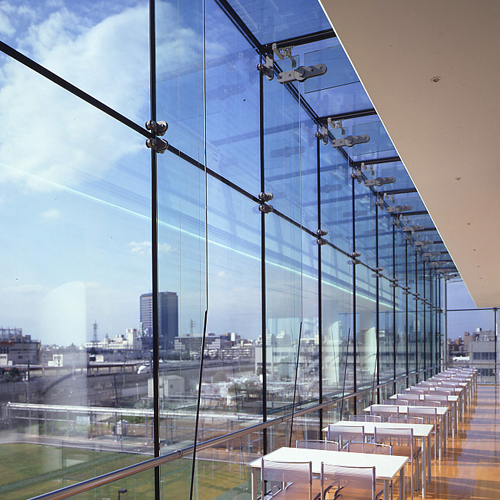
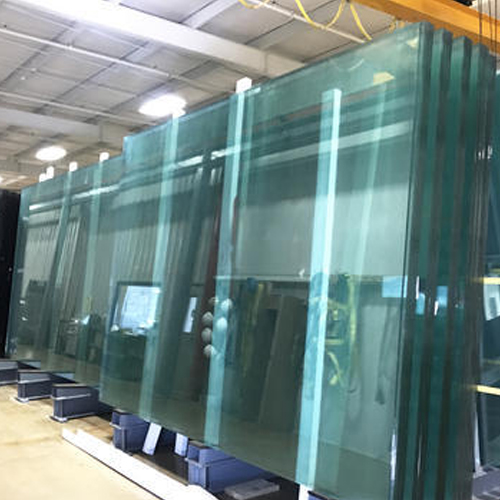
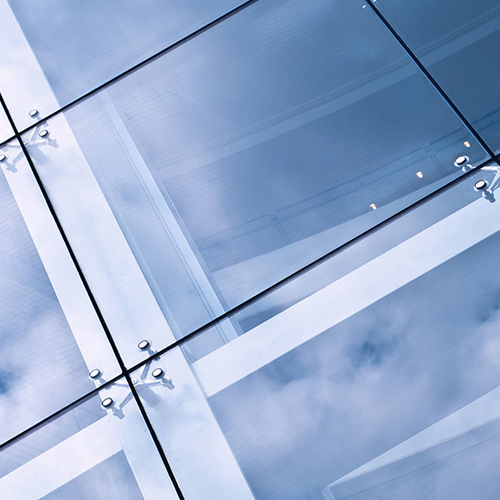
 +90 (535) 543 76 74
+90 (535) 543 76 74
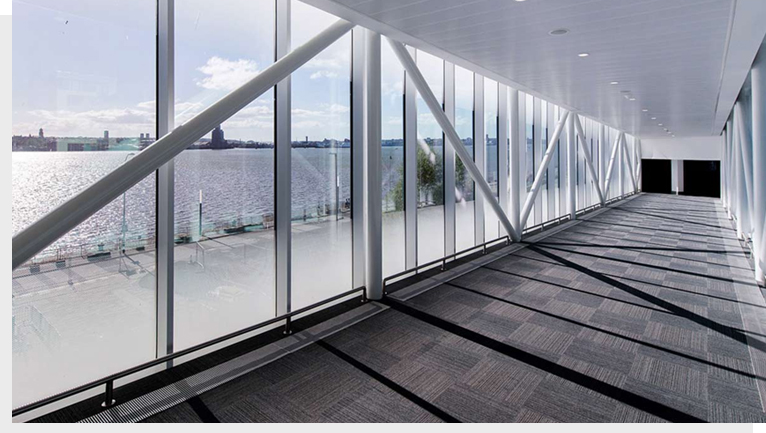 FLOAT GLASS
FLOAT GLASS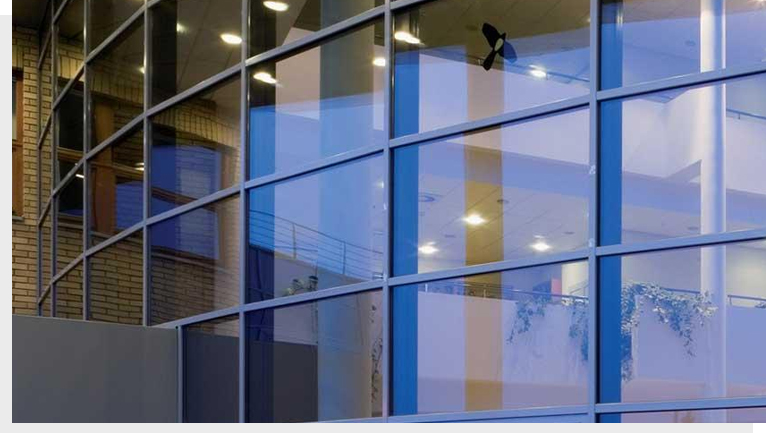 TINTED GLASS
TINTED GLASS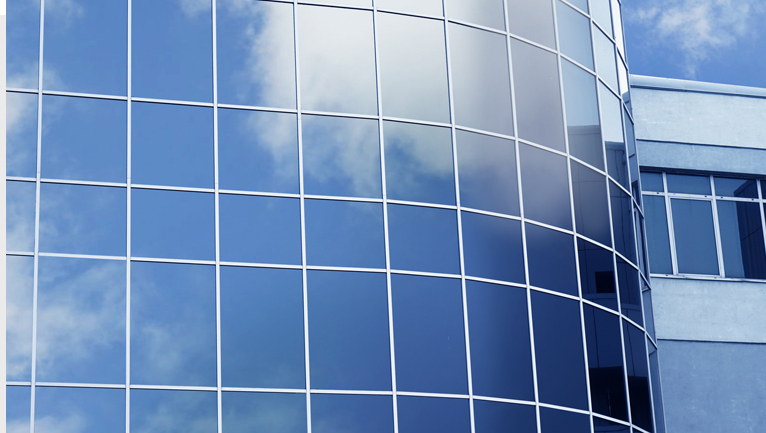 REFLECTIVE GLASS
REFLECTIVE GLASS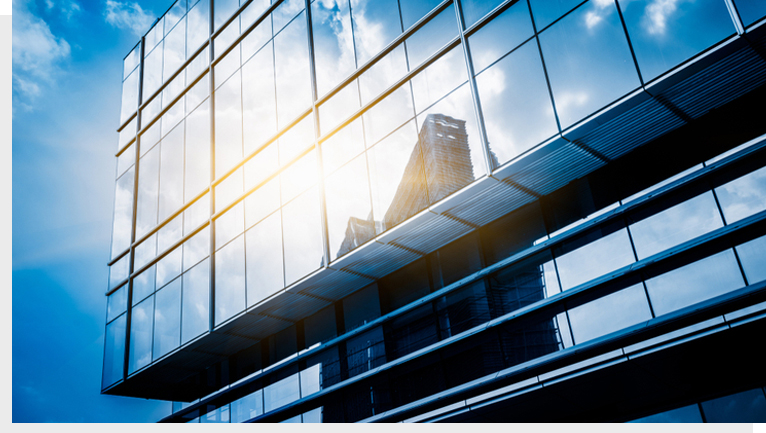 LOW-E / SOLAR LOW-E GLAS
LOW-E / SOLAR LOW-E GLAS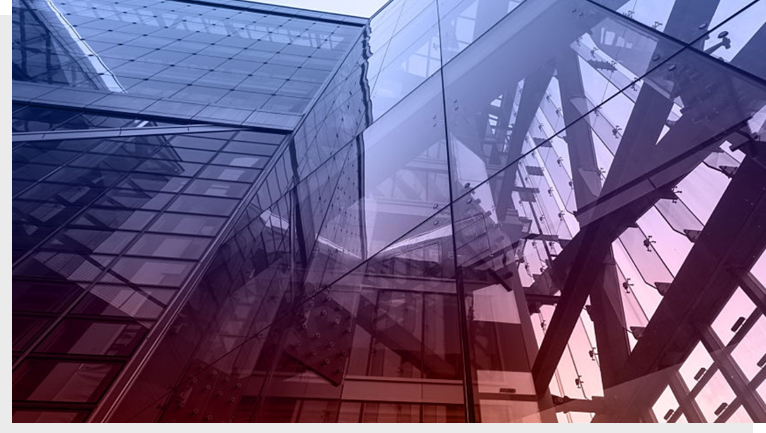 TEMPERED GLASS
TEMPERED GLASS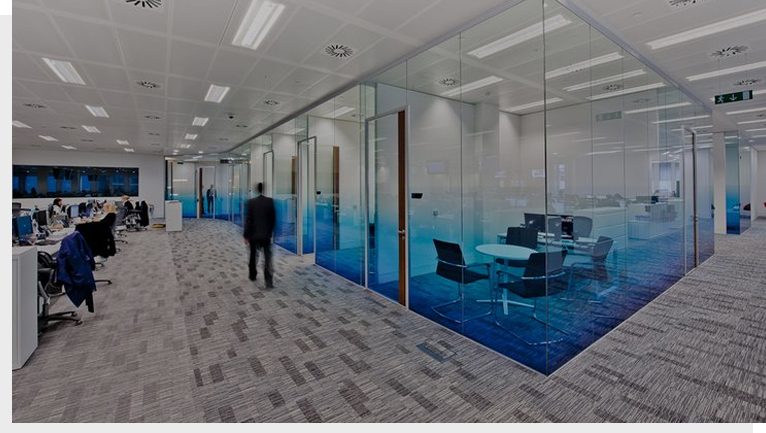 DECORATIVE GLASS
DECORATIVE GLASS LAMINATED GLASS
LAMINATED GLASS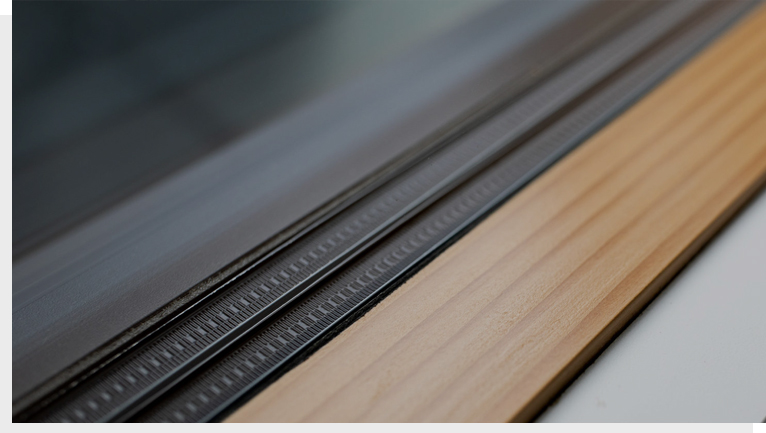 TRIPLE GLAZING SYSTEM
TRIPLE GLAZING SYSTEM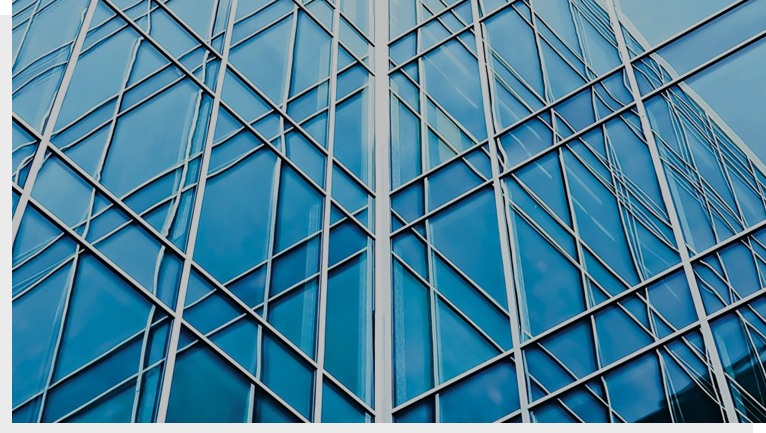 DOUBLE GLAZING SYSTEM
DOUBLE GLAZING SYSTEM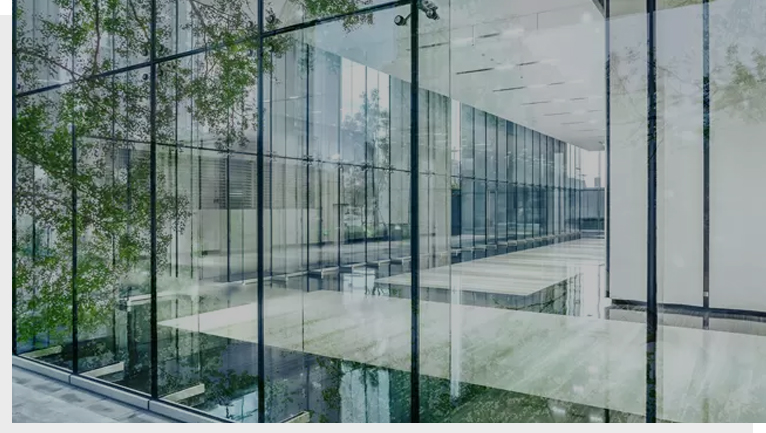 LAMINATION PROCESS
LAMINATION PROCESS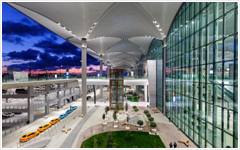 AIRPORTS
AIRPORTS HOSPITALS
HOSPITALS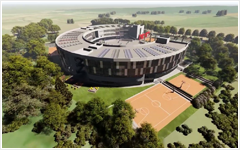 UNIVERSITY & SCHOOL
UNIVERSITY & SCHOOL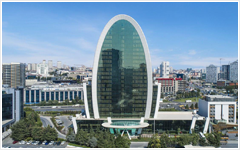 HOTELS
HOTELS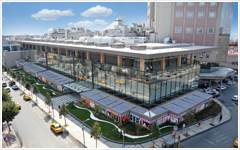 SHOPPING MALL
SHOPPING MALL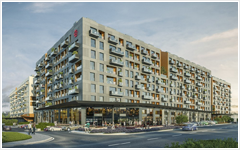 RESIDENTIAL BUILDING
RESIDENTIAL BUILDING RESIDENTAL & BUSINESS CENTER
RESIDENTAL & BUSINESS CENTER OTHERS
OTHERS +90 (262) 375 32 11
+90 (262) 375 32 11